How Do You Dance to Jazz?
The attendees at this year’s New Orleans Jazz & Heritage Festival taught our music writer a step or two
/https://tf-cmsv2-smithsonianmag-media.s3.amazonaws.com/filer/f0/c6/f0c6d2f7-556e-4c6a-b072-c353417a36f9/two-stepping.jpg)
Can you dance to jazz? The crowds at this year’s New Orleans Jazz & Heritage Festival thought so, twirling in the aisles of the big canvas tents and couple-dancing on a plywood riser to acoustic jazz combos.
In 1945, this would not have been a remarkable observation, for 70 years ago, jazz was still a popular dance music. In 2015, however, jazz is almost always a sit-down concert experience—either in nightclubs where listeners sit at tables sipping overpriced drinks or in theaters where they sit in rows, checking the personnel in their glossy programs. That’s why it was such a surprising pleasure to see jazz fans in New Orleans jump out of their chairs at the slightest provocation to swing their hips.
But this music wasn’t like today’s pop dance music, where the beat is pumped up to industrial proportions so it becomes unmistakable. On these tunes, the beat might be buried beneath a trumpet or piano solo pulling in another direction while the guitar plays a counter-rhythm. So how do the dancers find the pulse? I asked the best dancer on the plywood riser, a retired New Orleans grocer named Claudia Dumestre.
“I listen with both my ears right down to my feet,” she said. “Sometimes I lock on the drummer to find the beat; sometimes I lock in on another instrument. If you have a dance partner who hears music the same way, that makes it much easier. I’ve danced to Earl Turbinton and Willie Tee, a New Orleans group that could sound like John Coltrane, and if you have the right partner, you can dance to that too. The key is finding the pulse underneath everything else that's going on.”
This short, wiry woman in the black straw hat and floral jacket then demonstrated what she meant by grabbing my hand and pulling me onto the dance floor. Soon she was spinning beneath my upraised right arm, flinging me out and yanking me back. I noticed that while her hips were moving to the primary beat coming from the drums, her elbows and shoulders were moving to the secondary beats suggested by the horns.
“The other stuff that’s going on in a jazz tune is not distracting,” she explained when I asked. “It makes it more fun. If you can latch onto a secondary beat, you’re not doing the same thing over and over again. Jazz frees you up from that. Some people like to do the same swing step they learned from a dance instructor again and again, but it’s more enjoyable to always be moving from one movement to the next.”
“It’s all about the two and four,” said one of those dancers, New Orleans resident Shea Manly. “For me, everything else is icing on the cake. If I can find the two and four, I can dance to it. New Orleans is all about that rhythm.”
Manly's comment suggests that for jazz to become danceable again, it needs not only the right musicians but also the right venues and the right audiences. Yes, the musicians have to keep an underlying dance pulse going if they want listeners to get out of their chairs and shake their hips. But the venue also has to provide an open space where that can happen without blocking the view of others. And the audience has to be able to identify the beat within a jazz number that has a lot of different moving parts. In New Orleans, audiences are trained by family and friends to hear that dance pulse from an early age.
“We are a very parochial people,” said Keith Hurtt, a New Orleans tour guide, “and we have our own ways of doing things. When we hear the beat, we can’t help ourselves. I’m always amazed that people from somewhere else can sit through a jazz tune. I don’t know how you cannot dance to jazz. Some people from other towns will have taken dance lessons, so they know all the steps, but it’s not the same, because they do the same steps even when the music changes.”
Nothing has done more to preserve the New Orleans tradition of dancing to jazz than the brass-band revival that began with the Dirty Dozen Brass Band and the ReBirth Brass Band in the 1980s and is still going strong today. Employing the instrumentation of a marching band in one of the city's countless parades, these groups relied solely on horns and strap-on drums to create chords and rhythms. With the tuba bleating out the bottom bass notes and the trumpets, trombones and saxophones forming the harmonies, these groups hit the sweet spot between groove and improvisation.
Those two founding groups were at this year’s Jazzfest, of course, but so were excellent but lesser known bands such as the High Steppers Brass Band and the Soul Rebels, who played the smaller outdoor stages on Friday and Saturday respectively. These two bands were good examples of how you can keep people dancing even during the freest jazz solo if one part of the band takes care of the groove while another part is improvising—though the musicians often swap those roles. Nor were they staunch traditionalists; both bands employed hip-hop chants and commentary to keep the dancers engaged without taking over the music nor getting in the way of the soloists.
The Soul Rebels divided their band in two: the two trumpets, two trombones and saxophone formed the frontline, while the tuba and three drummers made up the backline. While the backline held down the beat, the frontline could play ambitious jazz solos, and the dancers would keep moving out on the grass. And sometimes, just to mix it up, the frontline would adopt a rhythmic horn vamp while the backline went into a wild percussion jam.
“[Clarinetist and frequent Wynton Marsalis collaborator] Michael White once told me, ‘I can hear my music and I can feel my music,’ but I can’t see my music till people start dancing.’” Dumestre said, “That made me feel so good, like I was helping to complete the music in some way by dancing.”
But why is New Orleans is so different from other cities? I got a clue when I visited the festival's big Gospel Tent to hear Cynthia Girtley, the self-described “New Orleans Gospel Diva.” Sitting at the piano, she informed the Sunday-afternoon audience: “We’re gonna have church today. When we have church in New Orleans, we don’t sit down. We stand up and shout; we stomp and clap.”
When she sang “Jesus on the Mainline” to the tune of “This Little Light of Mine,” the crowd demonstrated what she meant. One by one they stood up and began stomping and clapping, swinging and singing. And they didn’t stop when Michael White himself took a jazz solo on the melody. And from his barstool on stage, he could look out into the audience and see what his music looked like.
/https://tf-cmsv2-smithsonianmag-media.s3.amazonaws.com/accounts/headshot/geoff-vancouver-bio-lightened.jpg)
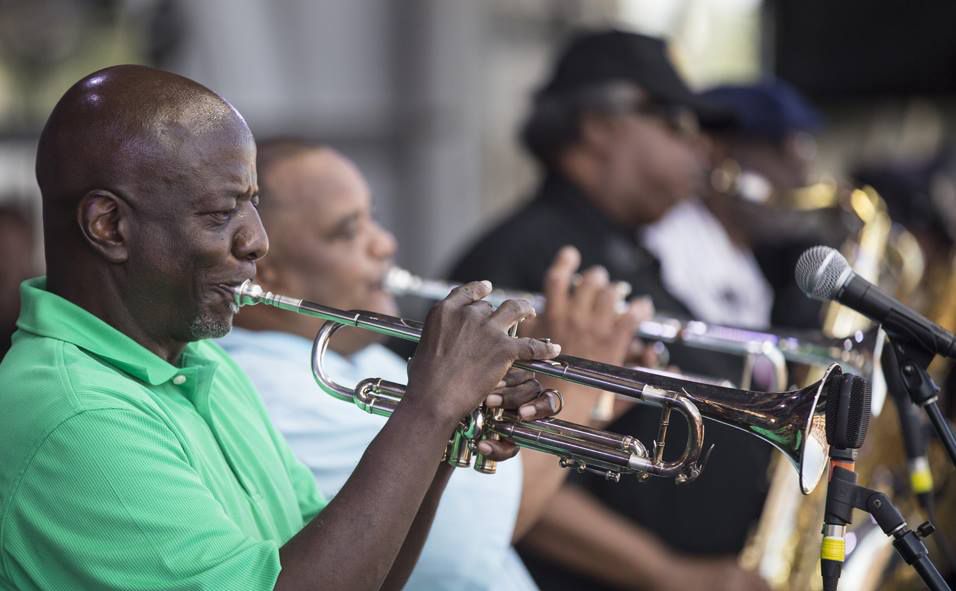
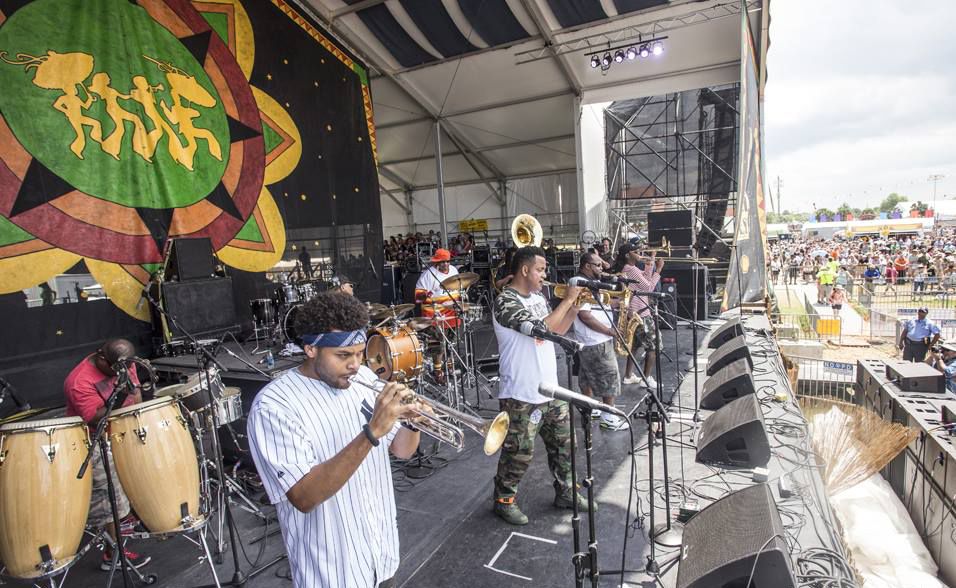
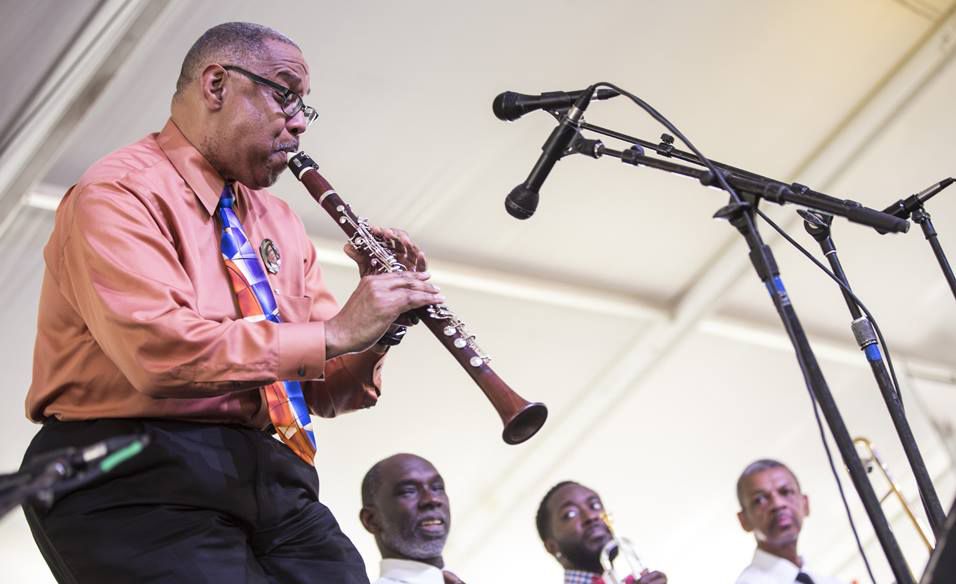
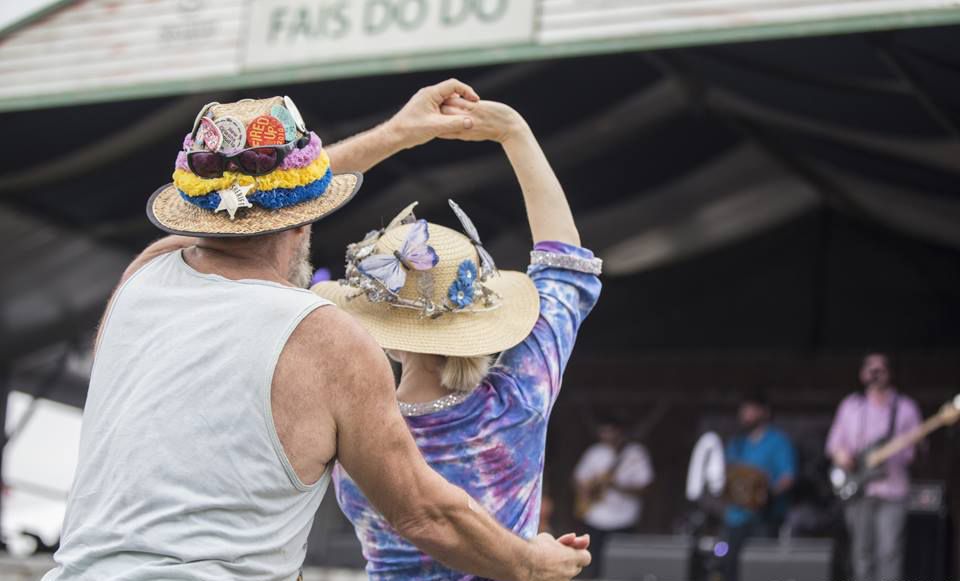
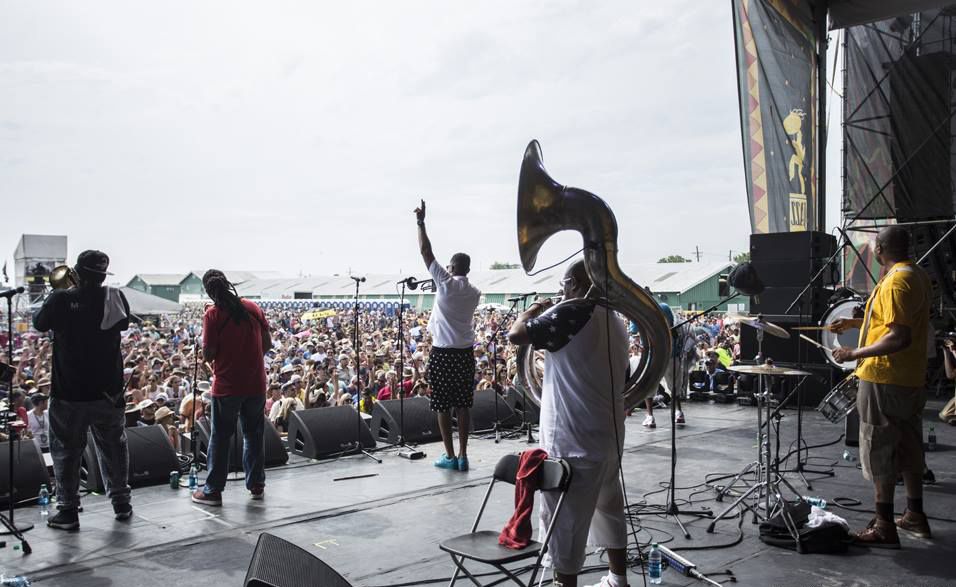
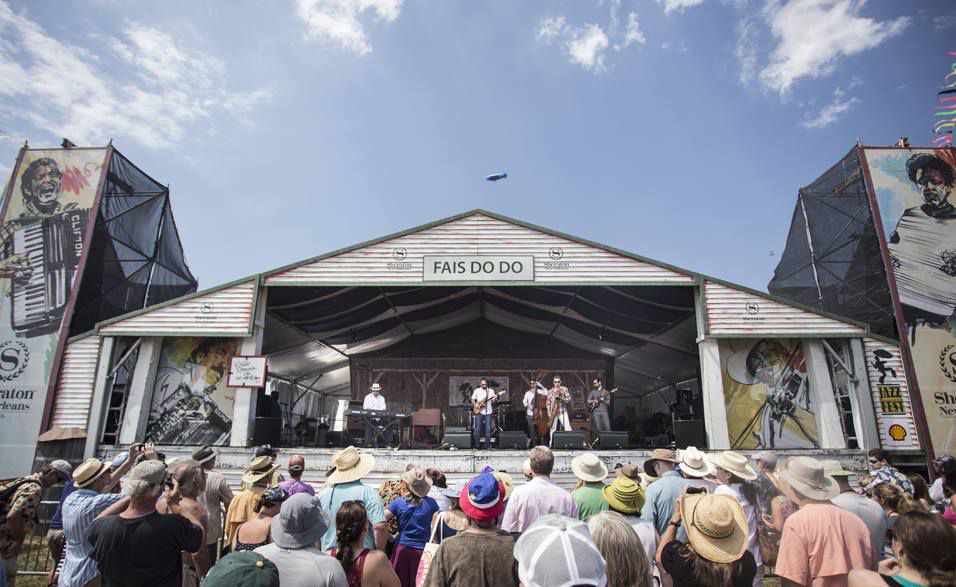



/https://tf-cmsv2-smithsonianmag-media.s3.amazonaws.com/accounts/headshot/geoff-vancouver-bio-lightened.jpg)